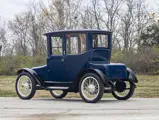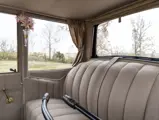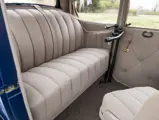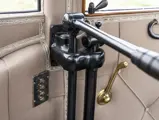
1917 Detroit Electric Model 68 Brougham
{{lr.item.text}}
$78,400 USD | Sold
{{bidding.lot.reserveStatusFormatted}}
- One of America’s most prestigious electric automobiles
- Older, high-quality restoration in correct colors and striping
- Converted to run on modern batteries, with built-in charging system
- Surely a crowd favorite at any cars-and-coffee
The Detroit Electric was, until recently, the most successful American electric vehicle ever built. Anderson Electric Car Company and its corporate successors manufactured it from 1907 until 1937. For most of those 30 years, the product changed little: a car that was a genuine horseless carriage, with an elegant but deeply conservative design, resembling a carriage that had lost its horse. The interiors were often beautifully trimmed, to evoke the parlor of a fine home, which was not a coincidence. Much of the market for electric vehicles was with wealthy women, who preferred them to the gasoline- and steam-powered automobiles that were widely considered smelly and difficult to operate. Indeed, that the Detroit Electric survived for so long was a credit to a customer base that, in many cases, had never driven any other type of automobile, and so remained faithful long after the design had become obsolete.
According to the owner, the Model 68 offered here was acquired around 1957 from its original owner in Batesburg, South Carolina, by Ray Adcock of Columbia. It remained with Mr. Adcock until 2007, then was sold to enthusiast Donald Davidson and painstakingly restored in this model’s original livery, Cobalt Blue with black fenders and proper factory-style wide pinstriping—as was originally employed on these cars—nicely matching the optional white finish to the wire wheels. The interior is upholstered in pleated beige whipcord and broadcloth edged in brocade on the door panels, as originally, and is of the usual arrangement for these cars, with a large bench seat for the driver, a large swiveling jump seat for a maid or footman, and a third occasional seat mounted to the dash. Window curtains are a tasteful accent.
Significantly, during restoration the car was converted to run on modern batteries, with a built-in charging system, making the car much easier to enjoy. Overall it is described as being in very nicely presented, tidy overall condition—down to the bud vases ready to receive one’s favorite clippings—as well as quite correct in its finishes.
Its new owner can look forward to showing off this character-filled Detroit Electric at local shows, where it will make a fine contrast to the Rivians and Teslas parking nearby, descendants of the pioneering American electrics.




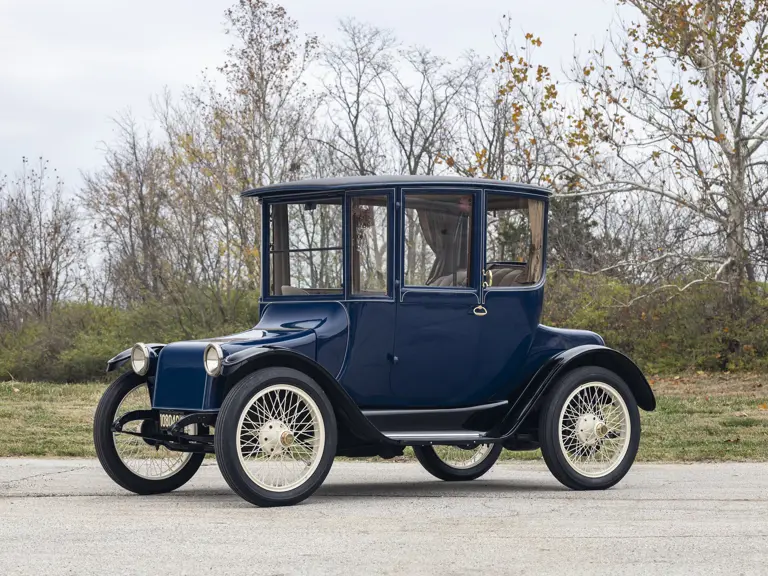












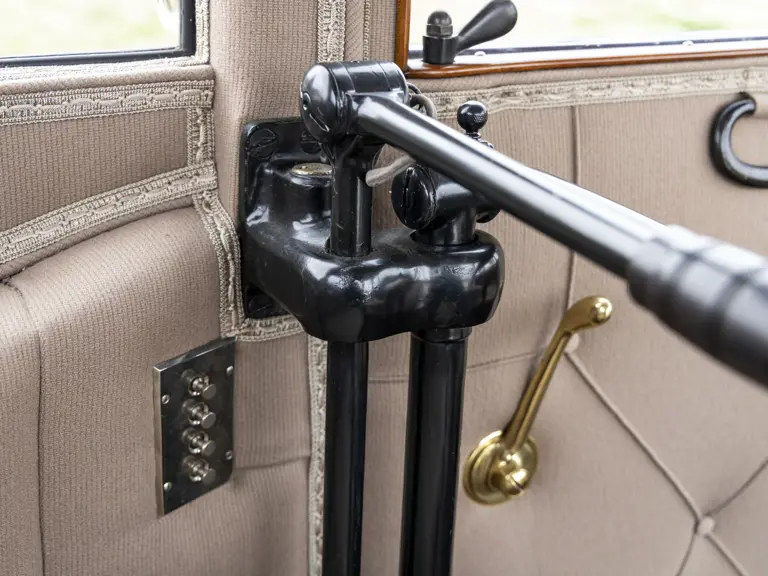







 | Phoenix, Arizona
| Phoenix, Arizona







